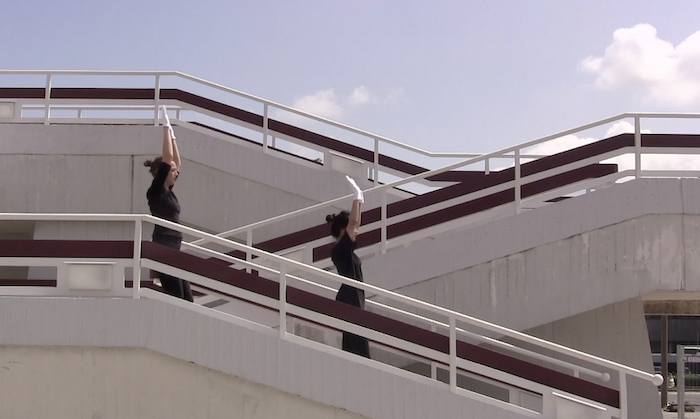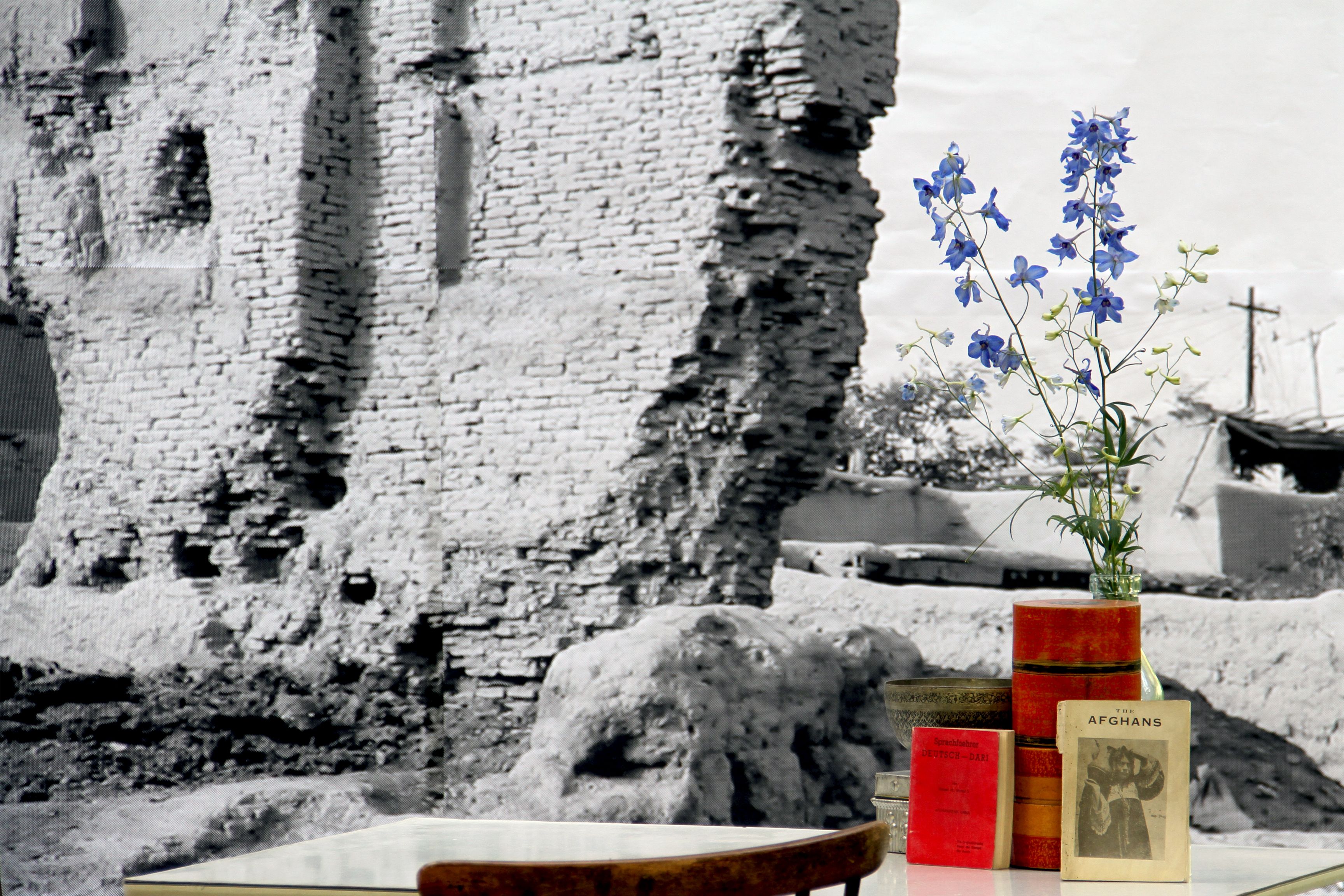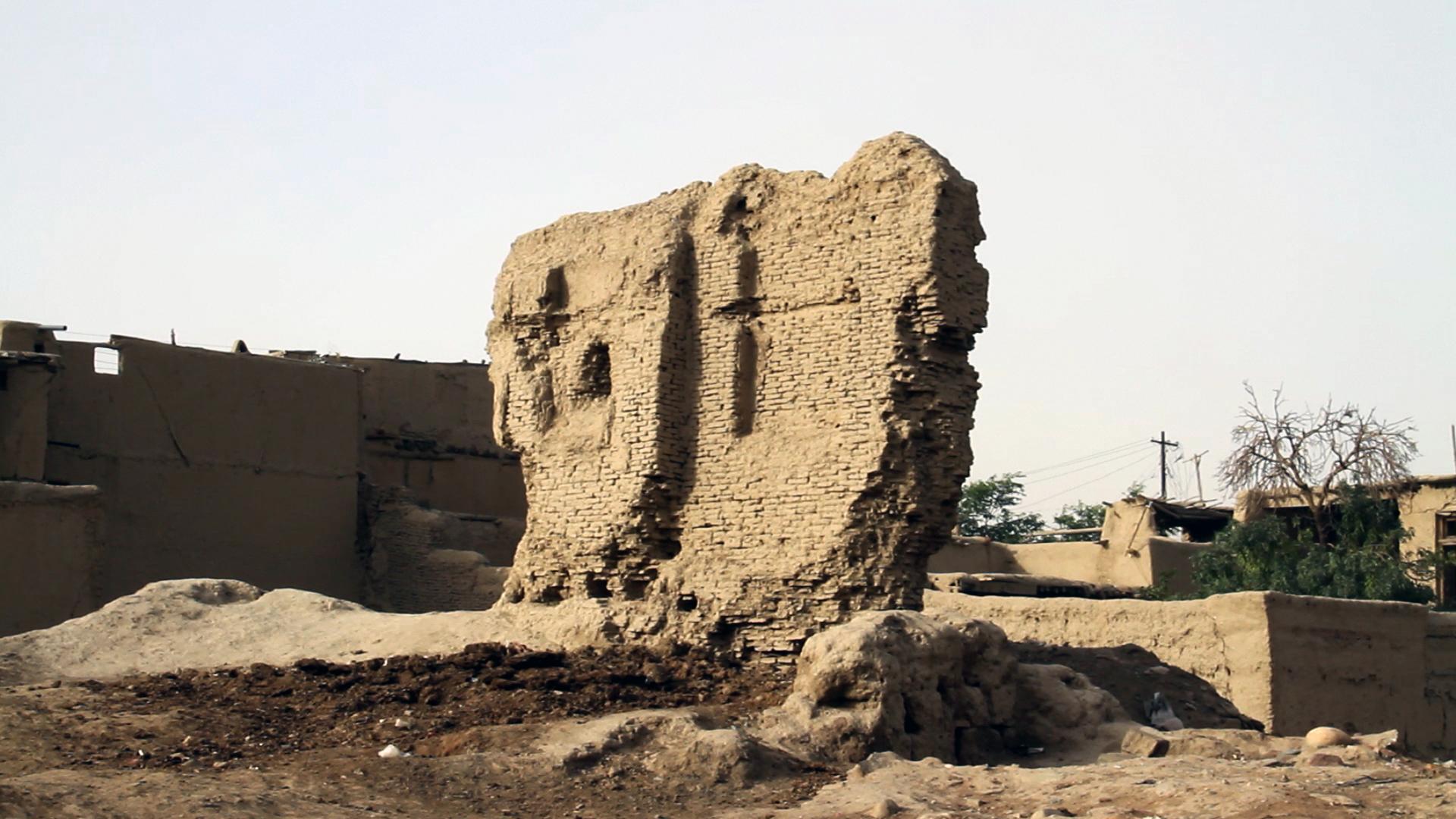
Welcome to Our new portfolio
Remaining Wall
Jeanno Gaussi’s films, videos, photographic works and installations explore undefined spaces and times, and embody dynamics of a constant diaspora that is both personal and social. Gaussi spent her childhood in Kabul, where she lived up until she was five years old, before moving to Delhi and Berlin. Her work can be seen as an attempt to recuperate and reconstitute a possible identity, made of multiple fragments and colliding memories. In her work Remaining Wall (2012), Gaussi searched for traces of her family history in Kabul. Remembering that her grandfather objected to her mother’s choice of naming her, Gaussi began to look for traces of her grandfather and by doing so of her own cultural traces and identities.
After locating the remaining walls of her grandfather’s house, the artist began an encompassing documentation of the ruins: taking videos, photographs and sketches and treating the site like an excavation ground.
The artist, being uprooted from her hometown of Kabul, then reflects upon the tormented past of Afghanistan in general and how it impacted cultural identities in her War Rug Project. Afghanistan has a long history of rug making and in 1979, when the soviet war began, a transformation in the iconography took place that has forever changed the craft. In addition to the traditional rugs woven with ornate symbols and designs, a new rug emerged displaying symbols of war: tanks, weapons and soldiers. As time has passed and the way in which war exists in Afghanistan has changed, the production of these rugs has become a strong part of the tourist market. Gaussi’s War Rug Project is the start of her own exploration into their existence. In order to really understand and appreciate the rugs, she began a process of her own, which started with traveling to Kabul and spending time to research the history. She then began drawing icons from the rugs and turning them into geometric, pattern like shapes. The repetition of these icons in combination with a silhouette alluding to Disney’s famous figure of Bambi – a motif much connected to Gaussi’s childhood memories in Kabul – built the ood juxtaposition of something seemingly harmless and innocent within the brutality of the war-related iconography. The War Rug Project includes other ele- ments in addition to the garments, a mark of the artist’s interest in communicating a theme through various media. Thus at the 2013 Coup de Ville exhibition in Brussels, Gaussi showed five large sculptures in the form of military icons alongside the chapans. The conclusion of the cycle constitutes a further transformation of the extracted visual motifs. Based on her own experiences with the complicated bureaucracy of asylum and refuge, the artist used a digital method to filter the motifs, acting as proxy for a vast number of refugees. The conceptual point of departure here was the fact of possessing an official passport, but not possessing a birth certificate from Afghanistan, a reality that always leads to big problems with the (German) authorities. Thus the very first moment in which identity is formed through namind and dating has been stripped from the artist’s own personal. biography.





